Ketosis is a physical state acheived through a low carb, high fat diet.
Keto has been studied and used for decades. Recently, great interest has emerged amongst leading scientists for keto's potential in the management of chronic conditions, as well as improvement of overall health.

- Stabilize glucose levels
- Prolong energy
- Reduce insulin levels
- Improve cognitive function
- Curb appetite levels
- Aid in weight management
- Promote fat loss
- Reverse pre-diabetes and diabetes
-
Jump to:
Written with the collaboration of nutrition specialist Miriam Kalamian.
Food is vital: an integral part of every day, every tradition, every celebration. Modern times and relative affluence have brought us a seemingly endless and often overwhelming number of choices. Unfortunately this has not translated into better health for millions of Americans, considering that chronic diseases like diabetes, obesity, heart disease and even cancer are on the rise.
For decades these diseases have been robbing us and our loved ones of our healthy and productive years; instead, we find ourselves facing chronic illness increasingly earlier in life, shortening lifespan, eroding healthspan, and preventing us from enjoying life to the fullest extent.
Many of these chronic conditions have a common underlying theme: They are either caused or worsened by poor nutritional choices. According to a recent study, only 12% of Americans are metabolically healthy¹. This is worrisome.
What actions can- and should- we take? That’s where keto comes in. Over the past few years, greater interest accompanied by a spike in scientific research have shown that low-carb and ketogenic diets can be used to reverse insulin resistance, manage fatigue and improve cognitive function. Even people with type 2 diabetes, long assumed to be irreversible, see dramatic improvement in symptoms and reductions in the use of diabetes medication, including insulin. These are not just studies performed on rats; we are talking about high-quality human trials conducted by some of the most prominent researchers in this space.
Here at Keto Kind, supporting your ketogenic lifestyle is our passion! We believe that the consistent practice of a nutritious, whole-food based, low-carbohydrate or ketogenic diet is a crucial step in taking back our health. Even better: Improving nutrition goes beyond restoring health: it restores vitality- allowing you and your loved ones to move through life with more energy to show up for the things that matter:.Love. Work. Family. Community. We are what we eat, and we support your efforts towards becoming your best self.
To eat better, you need the best and most up-to-date nutrition information. Unfortunately, it has become increasingly more difficult to sort through the information and misinformation about Keto., How can you differentiate fact from fiction when so many voices are demanding your attention? Here at Keto Kind, we faced those same challenges. That started our quest to find the best of the best in the ketosphere: scientists, researchers, thought leaders, and people working hard in the trenches. Now, we are here to summarize and synthesize what we learned, to shine a light on the right path, adding signposts along the way so you can be successful in reaching your goals. That’s why we created this fact-based guide, we hope you enjoy it.
1. The study, “Prevalence of Optimal Metabolic Health in American Adults: National Health and Nutrition Examination Survey 2009-2016,” was published online Nov. 28 in the journal Metabolic Syndrome and Related Disorders.
Before jumping into the specifics, let’s put on our biochemist goggles and examine the basics. Don’t worry; we have distilled and simplified this to present the most pertinent information first!
The food we eat is composed of building blocks. The large blocks are called macronutrients (“macros” for short). These consist of carbohydrates, proteins, and fats. Smaller blocks contain minerals and micronutrients (like vitamins).
Current government guidelines suggest the following distribution, referred to as the acceptable macronutrient distribution range (AMDR): carbohydrate (45%-65% of energy), protein (10%-35% of energy), and fat (20%-35% of energy). In comparison, a ketogenic diet is higher in fat (65-75%), generally lower in protein (10-20%) and very low in carbs (5-10%).
Let’s draw a distinction between keto and other low-carb diets: First, most low-carb diets are more liberal with the amount of carbs; second, they usually have a higher percentage of protein; and third they allow for less fat.
What keto foods can we fill our shelves with? Here are some good examples:
Almonds
Brazil nuts
Chia seeds
Macadamias
Flaxseed
Pecans
Avocado
Beef
Eggs
Cheddar
Parmesan
Full fat original cheese
Heavy whipping cream
Sour cream
Lamb
Pork
Shellfish
Mushrooms
Celery
Asparagus
Broccoli
Kale
Spinach
Zucchini
Salad Greens
Cucumbers
Cauliflowers
Click here to see a full list of keto friendly foods, provided by Miriam Kalamian.
Many conceive keto as just a tool for managing weight, however, we suggest you stay for the other many benefits a carefully implemented keto diet can offer:
- Reduced Blood Sugar and Insulin Levels
- Reduction in body fat, specially visceral fat
- May help reverse metabolic syndrome
- Prolonged energy
- Supports healthy appetite levels
- Improvement in cognitive function
- Healthy weight management
Now let’s roll up our sleeves and begin our keto journey.
First, let’s lay out some important ground rules. Because starting keto involves changing one’s habits, take the time to set yourself up for success. To reap the benefits, keto needs to be a sustainable lifestyle, not a burden.
First, eliminate the foods that don’t support health. Start with some simple but very powerful actions.
Redefine your relationship with sugar, which has been linked to all kinds of health issues. This can be challenging, because sugar has become a central part of many of our lives, but believe us when we say that it is well worth the effort
Toss out other foods that don’t belong in anyone’s kitchen: high-fructose corn syrup, hydrogenated fats or oils, corn or soy oil, and non-organic canola oils (some would argue all canola).
Next, replace current pantry staples, like flour and pasta, with keto-friendly versions. (We’ll be providing you with a list.)
Most of the snack foods you have on hand will also need to be replaced.
Finally, understand that a keto diet limits legumes, and most fruits ( berries, in small portions, stay in the plan; some fruits can be reintroduced later, in small portions).
Remember that choosing healthy sources of fat to replace calories from carbs is important. As you trim the carbs, begin enjoying more healthy fats, like olive and coconut oil, butter, ghee and nut butters. MCT oil is also a great friend as it is very ketogenic (because it can be converted directly to ketones).
Find some good keto cookbooks and recipe sites. Select a few recipes that look enticing and gather up the ingredients you’ll need. Having a few easy and delicious recipes mastered will go a long way in making a smooth transition to keto. With those under your belt, you can then branch out, adding variety with new foods.
Ideally, you have a keto partner in mind, someone that wants to start this journey with you (or has beat you to it). Partners in lifestyle changes such as this can serve as habit reinforcers. There is no single best way to transition to ketosis. Some people like to jumpstart it with a multi day water-only fast; others dive in by reducing their carbs to 20 grams a day. Easing in is also an option, preferably choosing a period of time where you have the time and energy to devote to the change. Start by cutting back on carbs while simultaneously increasing your intake of healthy fats. No lingering here- aim to accomplish this transition within a week or two of starting your keto plan.
While some say they can feel it, we strongly suggest (especially if you are new to this) testing your actual ketone levels. Keeping track will provide you with the feedback that directs you to making tweaks and adjustments as you learn what’s working for you, (keeping in mind that every “body” is different).
Testing blood levels is the most precise method to measure ketones in the blood; there are great devices such as Keto Mojo, which can be a great addition to your keto toolkit.
There are other options available like urine or breath testing. These have their limitations, but they can serve as helpful guides in our process.
It also is advisable to use a nutrient tracker, one that can help you be sure that your body is getting the nutrition it needs.
You may have heard about the “keto flu”, a collection of symptoms that present in the transition into ketosis. Some side effects are expected during your transition; we will guide you with some tips on how to navigate these successfully with minimum disruptions.
Cravings: This is often a part of carb withdrawal that many have compared with moving past a “carb addiction.” However, ketosis interrupts this pattern, so rest assured these cravings will soon be history.
Headaches, cramps, poor concentration and fatigue: These symptoms are most often a side effect of your body’s depletion of electrolytes (specially, sodium). Stay well hydrated!, Make some bone broth or even take some electrolytes orally. Replenishing fluids and electrolytes will make your journey into ketosis smoother!
Constipation: Water, salt (through electrolytes or in your food), magnesium and fiber can help a lot to maintain regularity without straining. Here are some other things to keep an eye out for:
Changes in sleep patterns: Some but certainly not all people report some transient issues with sleep. It makes sense: ketones are a potent source of energy for the brain which keeps some minds active. Ketosis may also cause some shifts in neurotransmitters.
Expert medical guidance is always advised when seeking a new diet, and is indispensable if you are taking prescription medications or have a medical condition. Low-carb may be preferable for certain individuals and groups; be sure to consult your physician before starting your keto journey.
Click here to see a full list of contraindications, provided by Miriam Kalamian



